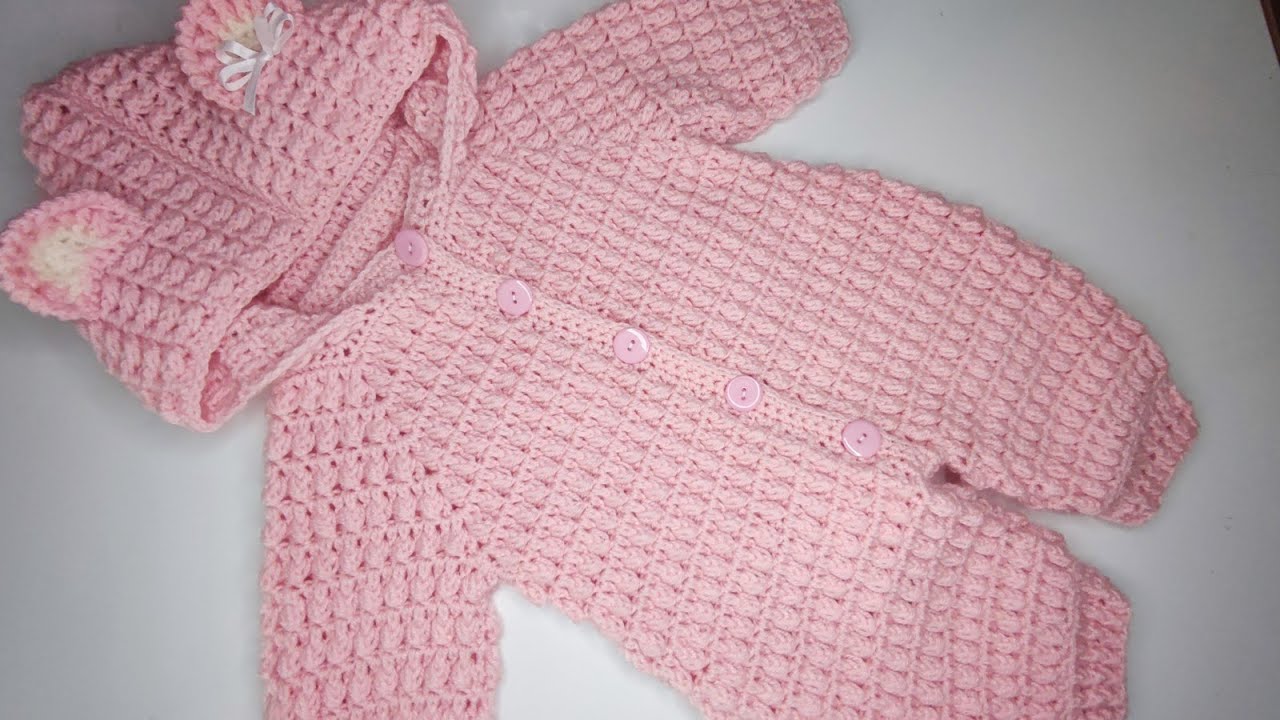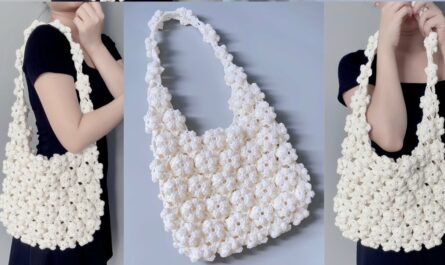There’s something uniquely heartwarming about a baby dressed in a cozy, handmade onesie or bodysuit. These all-in-one garments are a staple in any baby’s wardrobe, cherished for their practicality, comfort, and undeniable cuteness. Crocheting one allows you to choose the perfect yarn, personalize the design, and infuse every stitch with love.
This detailed guide will walk you through the essential steps and considerations for creating a beautiful and functional baby onesie or bodysuit, ensuring your little one is wrapped in softness and style.
Why Crochet a Baby Onesie/Bodysuit?
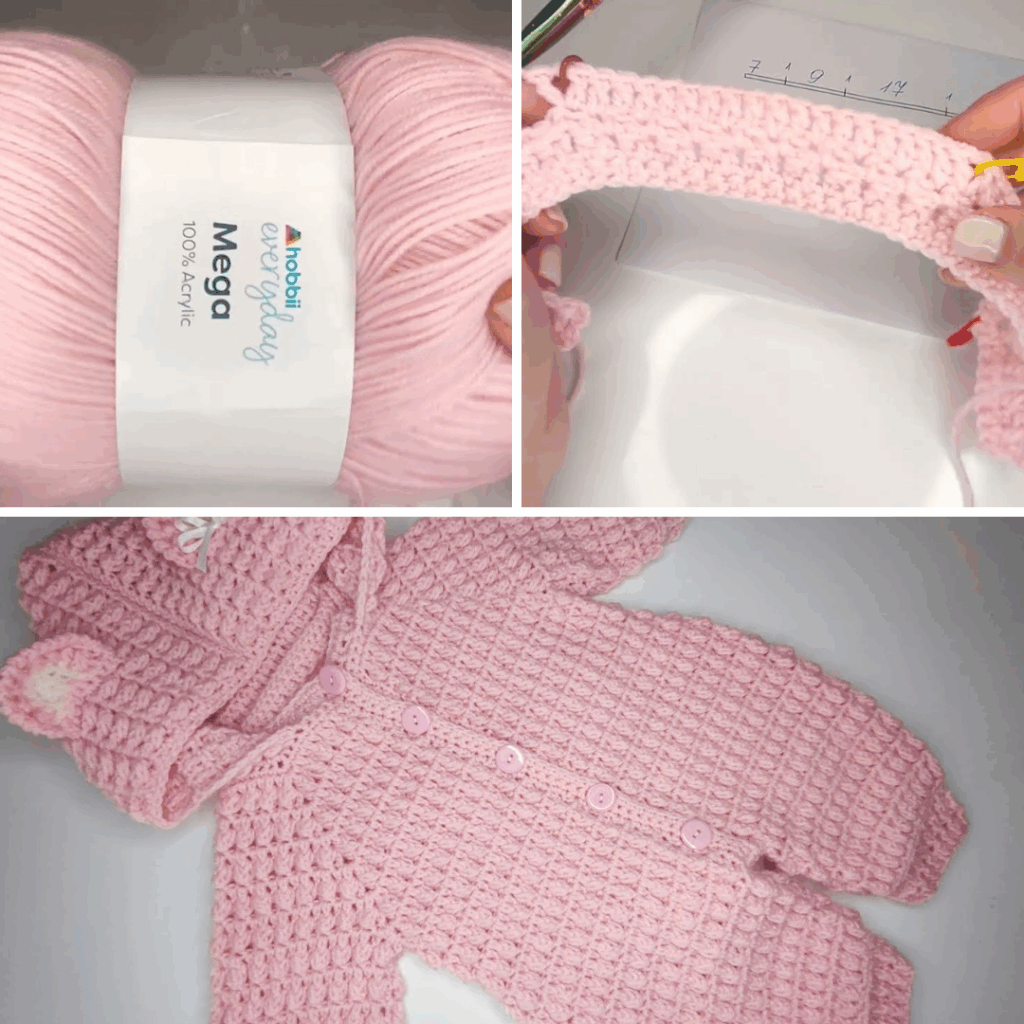
- Ultimate Comfort & Snugness: An all-in-one design means no shirts riding up or gaps exposing little tummies to drafts. It keeps baby fully covered and snug, making it ideal for layering or as a stand-alone outfit.
- Unbeatable Practicality: Onesies simplify dressing and diaper changes. With secure crotch closures (snaps are a lifesaver here!), access for diaper changes is quick and easy, and the diaper stays neatly covered.
- Personalized & Unique: You have complete creative control! Choose from an endless array of yarn colors, textures, and stitch patterns to craft a one-of-a-kind garment that perfectly suits the baby’s personality or nursery theme.
- Heirloom Potential: A handmade onesie, especially one crafted with love and care, often becomes a cherished keepsake, holding precious memories of baby’s early days.
- Skill Building: For crocheters, a onesie project is an excellent way to practice and refine garment construction techniques, including shaping yokes, creating armholes and leg openings, and incorporating functional closures.
- Thoughtful & Cherished Gift: A crocheted onesie is a deeply personal and incredibly practical gift for baby showers, first birthdays, or simply to show you care.
Key Elements of a Baby Onesie/Bodysuit:
Understanding these basic components will help you visualize and plan your project:
- Yoke/Bodice: This is the upper section of the garment, covering the chest and shoulders. Top-down construction (starting from the neckline and working downwards) is highly favored for seamlessness and ease of fitting.
- Sleeve Length: Onesies can be adapted for any season. Options include sleeveless, short cap sleeves, or cozy long sleeves.
- Leg Length: This defines whether it’s a “bodysuit” (short, diaper-covering legs) or a “onesie/romper” (longer legs, often to the ankle or mid-calf).
- Bottom/Crotch Closure: Absolutely essential for easy diaper access. This typically involves a set of snaps or buttons along the crotch opening.
- Main Closure: For easy dressing, onesies usually have an opening at the shoulders, down the back, or along a front placket, secured with buttons.
- Comfortable Fabric: Achieved through careful yarn selection and appropriate stitch density, ensuring the fabric is soft against baby’s sensitive skin and has a comfortable drape.
Choosing Your Tools & Materials:
The right supplies are paramount for creating a soft, safe, and adorable baby onesie.
- Yarn: The Heart of Softness and Safety!
- Fiber:
- Superwash Merino Wool: A fantastic choice for its incredible softness, warmth, breathability, and machine-washability (check the label!). It drapes beautifully and is gentle on sensitive skin.
- Baby-Specific Acrylic: Many modern acrylic yarns are engineered to be exceptionally soft, hypoallergenic, durable, and very easy to care for (often machine wash and dry). A practical and budget-friendly option.
- 100% Cotton: Ideal for warmer weather onesies due to its breathability, absorbency, and softness.
- Avoid: Any yarn that feels scratchy, stiff, or is prone to excessive shedding. Always prioritize softness and washability for baby items.
- Weight:
- DK (Double Knitting / Category 3): A versatile choice, offering a good balance of warmth and drape, suitable for most seasons.
- Worsted (Aran / Category 4): Creates a cozier, warmer, and more substantial fabric, ideal for cooler weather.
- Fingering (Category 1): For very lightweight, delicate summer bodysuits.
- Bulky (Category 5): For very warm, quick-to-make winter onesies.
- Color Palette: The possibilities are endless! Soft pastels, vibrant brights, classic gender-neutral tones (creams, greys, whites, sage greens), or playful variegated yarns.
- Quantity: Varies significantly by size, yarn weight, and desired leg/sleeve length. For a newborn bodysuit, expect 300-500 yards; for 6-24 month onesies, 500-1000+ yards. Always consult your chosen pattern’s specific recommendations.
- Fiber:
- Crochet Hook:
- Consult your chosen yarn label for a suggested hook size (e.g., 3.75mm, 4.0mm, 4.5mm, 5.0mm, 5.5mm).
- Crucial for Garments: Your actual hook size will be determined by achieving the correct gauge for your pattern. You will almost certainly need to adjust your hook size (up or down by half a size) to ensure the proper fit, comfort, and drape of the fabric.
- Other Notions:
- Stitch Markers: Essential for marking raglan lines, the beginning of rounds, or specific shaping points.
- Tapestry Needle: For neatly weaving in all yarn ends and sewing any minor seams.
- Scissors.
- Small, Flat Buttons: Typically 2-4 buttons for shoulder, back, or front placket closures. Choose flat buttons for baby’s comfort.
- Sew-on Snaps: Crucial for the crotch closure. Look for durable, flat sew-on snaps (e.g., size 4/0 or 2/0 for babies). These are often preferred over buttons for quick diaper changes.
- Sewing Needle & Matching Thread: To securely attach buttons and snaps.
Understanding Sizing & Gauge (ABSOLUTELY CRITICAL for Garments!)
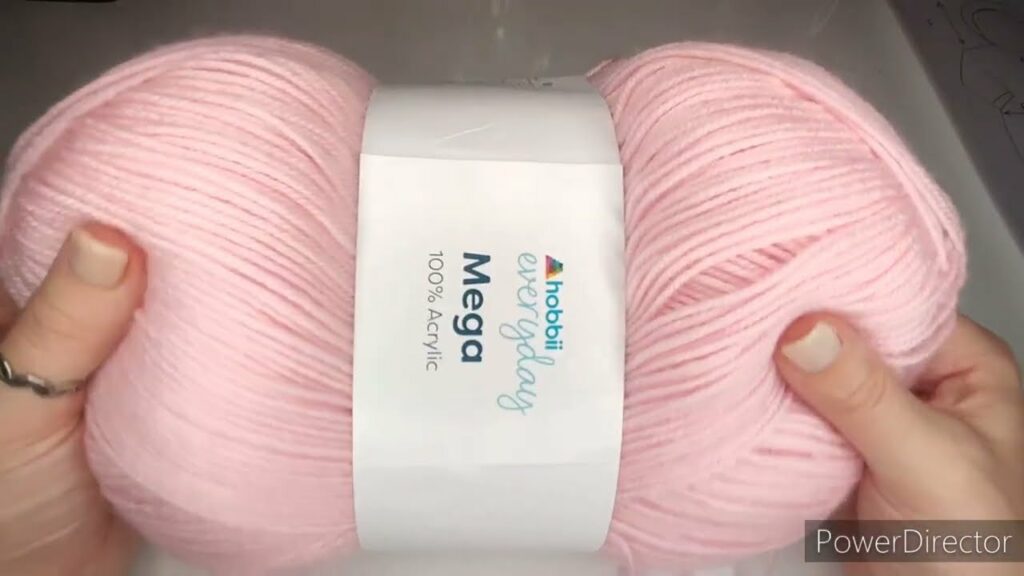
Accurate sizing is paramount for a comfortable and well-fitting garment, especially one that fully encloses the baby.
General Baby Onesie/Bodysuit Sizing (Approximate Measurements):
| Size | Approx. Chest Circ. | Approx. Torso Length (Shoulder to Crotch) | Approx. Sleeve Length (Underarm to Cuff) | Approx. Leg Length (Crotch to Ankle/Hem) |
|---|---|---|---|---|
| Newborn | 16 inches | 13 inches | 6 inches | 6 inches (long leg) / 2 inches (short leg) |
| 0-3 Months | 17-18 inches | 13-14 inches | 7 inches | 7-8 inches (long leg) / 2-3 inches (short leg) |
| 3-6 Months | 18-19 inches | 14-16 inches | 8 inches | 8-9 inches (long leg) / 3-4 inches (short leg) |
| 6-12 Months | 19-20 inches | 16-18 inches | 9-10 inches | 9-10 inches (long leg) / 4-5 inches (short leg) |
| 12-18 Months | 20-21 inches | 18-20 inches | 10-11 inches | 10-11 inches (long leg) / 5-6 inches (short leg) |
| 18-24 Months | 21-22 inches | 20-22 inches | 11-12 inches | 11-12 inches (long leg) / 6-7 inches (short leg) |
Export to Sheets
Disclaimer: These are general averages. Always refer to the specific pattern’s measurements and sizing chart.
How to Make a Gauge Swatch (Do NOT Skip This Step!):
- Chain: Chain about 25-30 stitches, plus any turning chains (e.g., ch 3 for dc) as per your chosen main stitch pattern.
- Work: Crochet a square of at least 6×6 inches (15×15 cm). A larger swatch provides a more accurate measurement.
- Wash & Block: Fasten off your swatch. Crucially, wash and block your swatch exactly as you plan to treat the finished onesie. This step relaxes the fibers and reveals the true stitch size and drape after washing, which can change significantly.
- Measure: Once dry, lay the swatch flat. Place a ruler over the center. Count how many stitches fit within 4 inches (10 cm) and how many rows fit within 4 inches (10 cm).
- Adjust:
- If you have more stitches per inch than your pattern (or desired gauge) states (your work is too tight), go up half a hook size and re-swatch.
- If you have fewer stitches per inch than your pattern states (your work is too loose), go down half a hook size and re-swatch.
- Repeat until your gauge precisely matches.
General Stitch Patterns for a Baby Onesie/Bodysuit:
- Main Body (for comfort and density):
- Half Double Crochet (hdc): Creates a well-balanced fabric – dense enough for warmth, but with good drape.
- Double Crochet (dc): Works up quickly, creates a softer fabric with more drape, suitable for lighter onesies.
- Single Crochet (sc): Produces a very dense, sturdy fabric, good for smaller details or trims.
- Ribbing (for cuffs, hems, and neckline):
- Front Post/Back Post Double Crochet (fpdc/bpdc): Creates a strong, elastic, and professional-looking ribbed edge.
- Single Crochet in Back Loop Only (sc blo): A simpler, stretchier ribbing option.
- Optional Texture/Openwork: Small bobbles, puff stitches, simple lace patterns (e.g., V-stitch), or color stripes can add visual interest without compromising comfort.
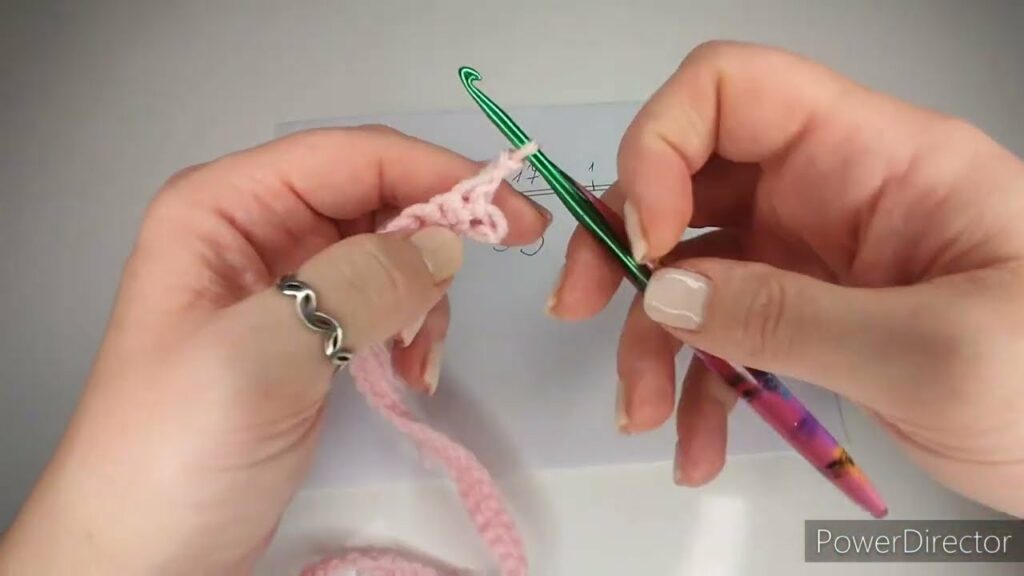
Step-by-Step Construction: The Top-Down Baby Onesie/Bodysuit (Raglan Yoke)
This outline describes a highly recommended construction method for baby garments, as it creates a largely seamless piece from the top down, minimizing bulky seams that might irritate baby’s skin. This is a general guide; for precise stitch counts, specific increase/decrease rates for different sizes, and unique design details, you MUST follow a detailed crochet pattern.
Phase 1: The Yoke (Top-Down, Raglan Shaping)
This forms the neckline, shoulders, and upper chest, worked from the top down.
- Step 1.1: Starting Chain & Neckband/Opening
- Foundation Chain: Chain the number of stitches specified by your pattern for the neckline circumference.
- Neckband Rows: Work 2-4 rows in a stable stitch like sc or hdc (or a soft ribbing like sc blo) for a comfortable neckband.
- Opening (for Dressing): Many onesies feature an opening at the shoulders or back for easy dressing. If your pattern includes this, you’ll work a section flat and incorporate buttonholes on one side (e.g.,
ch 2, skip 2 stitches, then work into the chain space on the next row).
- Step 1.2: Setting Up Raglan Yoke Divisions (First Increase Row)
- This row divides your total stitches into: Back Panel, Sleeve 1, Front Panel, Sleeve 2. You will have 4 raglan corners where all shaping increases occur.
- Work your chosen yoke stitch (e.g., dc) for the Back Panel. At the first raglan corner, work your increase (e.g.,
(2 dc, ch 2, 2 dc)or(dc, ch 1, dc)). Place a stitch marker (SM) in the ch-2 or ch-1 space. Continue this pattern for Sleeve 1, Front Panel, Sleeve 2, with increases at each raglan corner. Turn.
- Step 1.3: Continuing Yoke Increases
- Subsequent Yoke Rows: Continue working your yoke stitch across, and work your specified increase into each of the 4 raglan spaces from the previous row. Move your stitch markers up to the new increase spaces. Turn.
- Continue working these increase rows until the yoke measures the correct depth from the top of the neckline to the underarm for your chosen size. Ensure you continue adding buttonholes on your opening if applicable.
Phase 2: Separating for Body & Sleeves
Once the yoke is the correct depth, you’ll divide the stitches to create the armholes.
- Separation Row:
- Work stitches for the Back Panel.
- Work into Raglan Corner 1.
- Skip Sleeve 1: Place all stitches of Sleeve 1 (the stitches between Raglan Corner 1 and Raglan Corner 2) onto a piece of scrap yarn or a stitch holder.
- Underarm Chain: Chain 2-4 stitches (this creates extra room at the underarm).
- Work into Raglan Corner 2.
- Work stitches for the Front Panel.
- Work into Raglan Corner 3.
- Skip Sleeve 2: Place all stitches of Sleeve 2 onto a holder.
- Underarm Chain: Chain 2-4 stitches.
- Work into Raglan Corner 4.
- Join in the Round: Join with a sl st to the first stitch of the row to form a continuous circle for the body of the onesie (unless your pattern continues flat for a back seam).
Phase 3: The Torso/Body of the Onesie
This forms the main section of the garment below the armholes, down to where the legs separate.
- Body Rounds: Continue working in rounds (or flat if your pattern dictates) using your chosen main stitch.
- Shaping (for Diaper Room): Maintain the width of the body, or add very slight increases/decreases as specified by your pattern to ensure comfortable room for a diaper, particularly around the hips and bottom.
- Length: Continue working until the body reaches the desired length from the underarm to the crotch separation point.
Phase 4: Separating for Legs
At the crotch point, you’ll divide the stitches to create the two leg openings.
- Divide Stitches: Your pattern will instruct you to divide the total body stitches in half (or slightly offset for the front/back) to create two leg openings.
- Place Stitches on Holder: Place all stitches for one leg (e.g., Leg 1) onto a piece of scrap yarn or a stitch holder.
- Continue Working: You will now continue working on the stitches designated for Leg 2 (or vice versa).
Phase 5: Crocheting the Legs (Make 2)
Each leg is worked individually, either short (bodysuit/romper) or long (onesie).
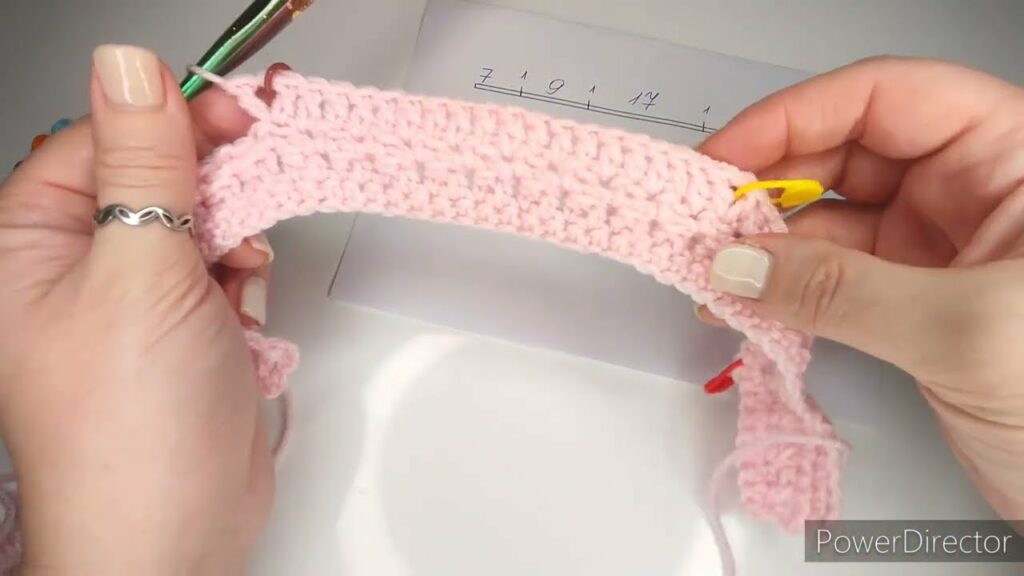
- Leg 1:
- Attach yarn to the first stitch of the chosen leg opening.
- Work in continuous rounds down the length of the leg.
- Shaping: Consider gentle increases for thigh room and diaper accommodation, or slight decreases towards the hem for a tapered fit.
- Length: Work until the leg reaches the desired length (e.g., short for a bodysuit, full length for a onesie/romper).
- Cuff/Hem/Foot (Optional): Finish the leg opening with a few rows of ribbing (fpdc/bpdc or sc blo) for a comfortable cuff. For integrated closed feet (more advanced), your pattern will guide you on decreasing stitches to shape and close the end of the leg.
- Fasten off.
- Leg 2: Attach yarn to the other leg opening and repeat all steps for the second leg, ensuring symmetry.
Phase 6: Crotch Gusset / Bottom Closure
This is absolutely crucial for easy diaper changes and a secure fit.
- Overlapping Flaps (Common & Practical): Your pattern will likely instruct you to create small rectangular flaps of fabric (e.g., 5-8 stitches wide, 3-5 rows long in hdc or dc) extending from the crotch of each leg’s inner seam. These flaps will overlap.
- Sew snaps onto these overlapping flaps (one set on the underside of one flap, the corresponding set on the top of the other flap). Snaps are highly recommended for their speed and ease during diaper changes.
- Alternatively, you can create small buttonholes on one flap and sew buttons onto the other.
- Ensure all snaps/buttons are very securely sewn for safety.
Phase 7: The Sleeves (Make 2)
Sleeves are typically worked in the round from the armhole down to the cuff/hem.
- Attach Yarn: Attach your yarn to the center underside of one armhole opening (where your underarm chain was).
- Pick Up Stitches: Work a round of your main stitch, picking up stitches evenly around the armhole opening (including into the underarm chain stitches). Join with a sl st to the first stitch to form a round.
- Working the Sleeve: Continue working in rounds using your main stitch pattern.
- Shaping (for Long Sleeves): Gradually decrease stitches evenly spaced over several rounds to taper the sleeve towards the wrist.
- Length: Work until the sleeve reaches the desired length (e.g., cap, short, or full length).
- Cuff/Hem: Finish short or long sleeves with a neat hem (e.g., sc, hdc, or ribbing).
- Fasten off. Repeat for the second sleeve, ensuring it is symmetrical to the first.
Phase 8: Finishing Touches
These final steps bring your garment to a professional and durable completion.
- Weave in All Ends: Using your tapestry needle, meticulously weave in every single yarn tail. Secure them firmly by weaving them into existing stitches in different directions. This is crucial for a neat, durable, and safe finish (no loose ends for little fingers to tug).
- Attach Buttons & Snaps: Securely sew any buttons to the shoulders, back, or front placket, aligning them with the buttonholes. Attach the snaps to the crotch flap(s) as described in Phase 6. Double-check that all closures are very firmly attached, as loose buttons/snaps can be a safety hazard for children.
- Blocking (ABSOLUTELY CRUCIAL for Garments!):
- Gentle Wash: Fill a basin with cool water and a small amount of mild, baby-safe detergent. Gently submerge the onesie and let it soak for 20-30 minutes. Do not agitate vigorously.
- Remove Excess Water: Gently squeeze out the soapy water (do not wring or twist). Rinse under cool, running water until all soap is gone.
- Shape & Dry: Lay the onesie flat on a clean, dry towel or blocking mats. Gently stretch and shape it to the correct finished dimensions (chest, torso length, sleeve length, leg length). Smooth out any unevenness and define the edges.
- Air Dry Completely: Allow the onesie to air dry completely. Blocking truly transforms the fabric, softening it, evening out your stitches, enhancing the drape, and giving your onesie a beautifully polished, professional appearance.
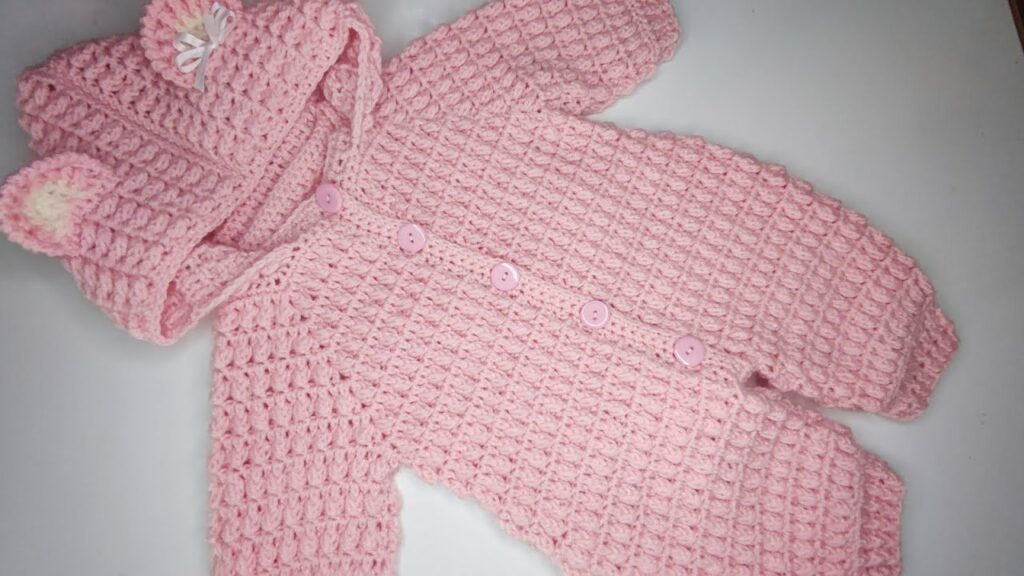
Tips for Onesie/Bodysuit Success:
- Yarn is KEY: Always prioritize soft, non-irritating, and easily washable yarns. Comfort and safety are paramount.
- Gauge Precision: This cannot be stressed enough. Correct gauge ensures the onesie fits properly and comfortably, allowing for ample diaper room and easy movement.
- Practical Closures: Sew-on snaps at the crotch are a game-changer for quick and convenient diaper changes.
- Seamless Construction: Working top-down and mostly in the round reduces bulky seams that might irritate baby’s sensitive skin.
- Measure Frequently: Babies grow quickly! Compare your work to a favorite commercial onesie or the baby’s actual measurements to ensure a good fit.
- Safety First: Beyond securely attaching closures, avoid any small, loose embellishments (like unsewn beads) that could pose a choking hazard.
Video Tutorial part 1 ;
Care Instructions for Your Handmade Onesie:
- Always follow your chosen yarn label’s specific care instructions.
- Reshape and Lay Flat to Dry: Gently reshape the onesie while wet and lay it flat on a clean towel or drying rack to air dry completely. Do not hang, as this can stretch the fabric and distort the garment’s shape.
Video tutorial part 2;
Creating a crocheted baby onesie or bodysuit is a truly rewarding project. With each stitch, you’re not just making a garment; you’re crafting a cozy embrace, ensuring a special little one stays snug, comfortable, and utterly adorable. Happy hooking!
